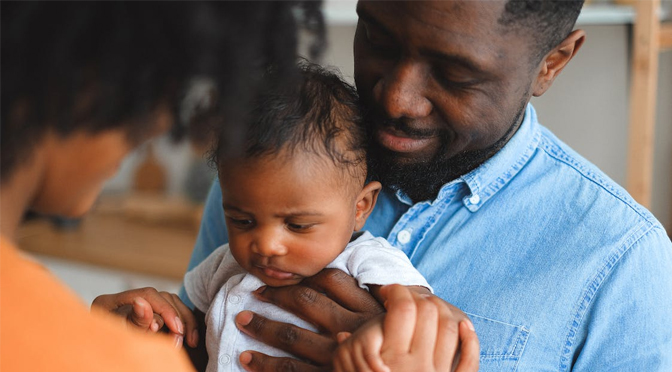By Capital Blue Cross – THINK (Trusted Health Information, News, and Knowledge) is a community publication of Capital Blue Cross. Our mission is to provide education, resources, and news on the latest health and insurance issues.
Health disparities are a harsh American reality that increase illness and cost lives.
They are sicknesses and deaths the Centers for Disease Control and Prevention (CDC) attribute to socially disadvantaged populations’ struggle to equally access healthcare resources and achieve optimal health.
A recent study published in the Journal of the American Medical Association provides an alarming illustration, finding that an average of 74,402 more Black people than white people died each year from 2016 through 2018 in America’s 30 largest cities. That’s more than 223,000 Black deaths over white deaths in three years, and represents only a portion of the U.S. population.
“One of the most tragic elements of this issue is that many of the conditions leading to these outcomes are preventable,” said Capital Blue Cross Vice President of Population Health Shelley Grant. “These disparities arise because many groups have historically had less access to health resources.”
The latest statistics underscore the gap. A recent Kaiser Family Foundation study found:
- Hispanics, along with nonelderly American Indian and Alaska Native (AIAN) people, were more than twice as likely as white people to be uninsured.
- AIAN people had an 11.2-year shorter life expectancy, and Black people a 5.6-year shorter expectancy, than white people.
- Black infants were more than two times as likely to die as white infants, and AIAN infants were nearly twice as likely to die as white infants.
- Black and Hispanic children were roughly three times as likely to be food insecure as white children.
Big Dollars, Better Data
Health inequities take an enormous economic toll, costing the U.S. economy an estimated $93 billion in excess medical care and $42 billion in productivity losses each year, according to a study from the W.K. Kellogg Foundation and Altarum. If left unchecked, they could cost $1 trillion or more by 2040.
There’s no quick fix, but many efforts to diminish disparities are underway. Health advocates, policymakers, providers, academics, and insurers are coalescing around the concept that enhanced data collection can target and shrink gaps.
Capital Blue Cross supports the Blue Cross Blue Shield Association’s recently released recommendations to pinpoint data about race, ethnicity, language, sexual orientation, and gender identity to reach better health outcomes.
Collecting and leveraging data to build understanding is among Capital Blue Cross’ broader health equity strategy, which also includes:
- Leveraging data with healthcare providers;
- Establishing community-level partnerships that address inequities; and
- Scaling effective programs that target improved health equity.
Capital acted upon health-gap information in 2021 to expand COVID-19 vaccination efforts, hosting pop-up clinics in minority and underserved neighborhoods to increase vaccine.
Other steps
While better data is part of tackling health disparities, it will take more to tackle the problem.
Innovative technological tools also can help. Capital Blue Cross recently began offering its members a trio of family-planning apps to guide families through everything from planning conception and pregnancy to balancing life as a working parent. Maternal mortality and complication rates are significantly worse for certain minority and disadvantaged populations, and these apps may help narrow gaps in care.
Capital also works with area food banks and sponsors programs to increase health awareness and job training in underserved populations.
It will take a team effort to move toward more equitable health for all. Public health experts, policymakers, community advocates, providers, payers, industry leaders, and employers are all part of the solution.
“Health disparities are more than a problem for the socially disadvantaged,” Grant said. “They impact the public’s overall health, and that impacts the communities we all call home, making health inequities an issue for us all. That’s why we all must play our part in striving for the solution.”
You can find more useful articles at https://thinkcapitalbluecross.com/
Information provided to TVL by:
JERRY REIMENSCHNEIDER
Senior Public Relations Specialist | Brand & Market Strategy
https://www.capbluecross.com/




